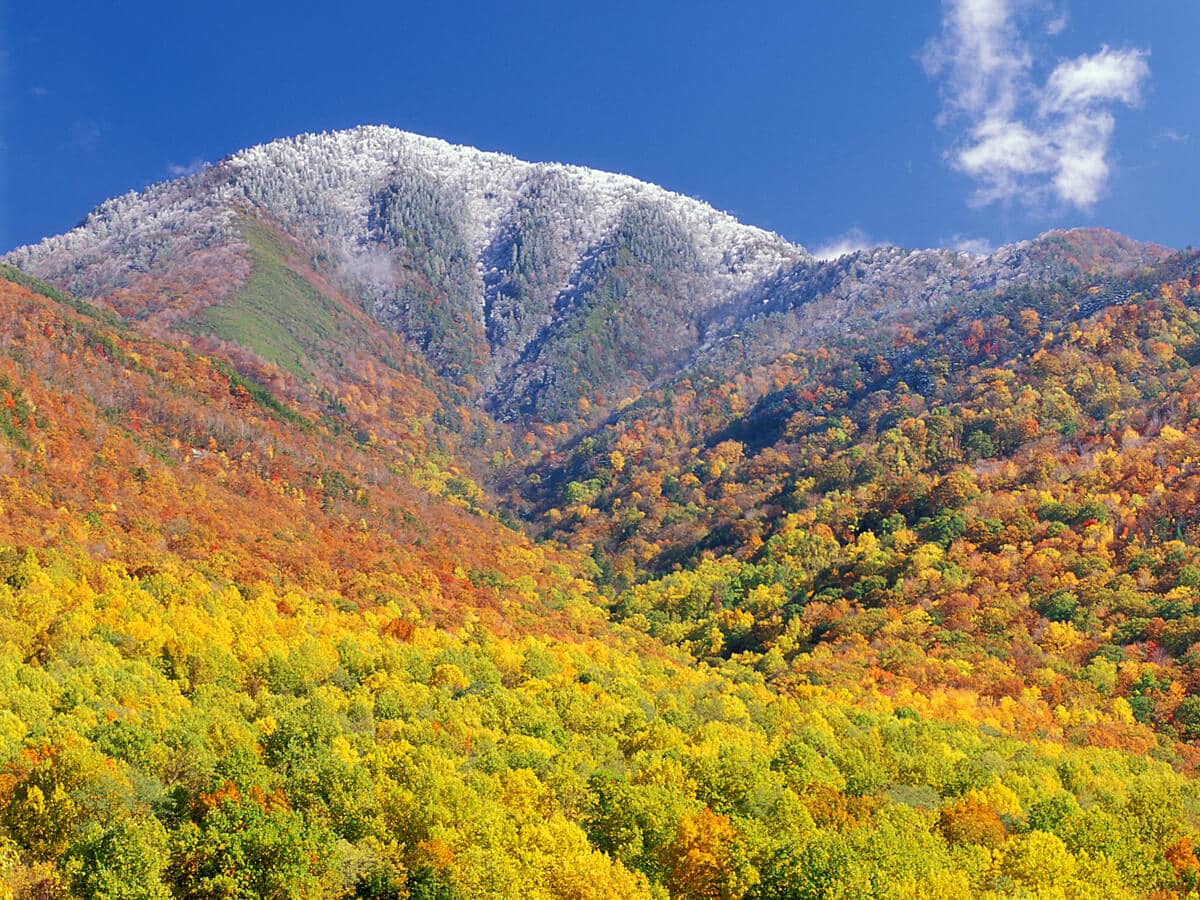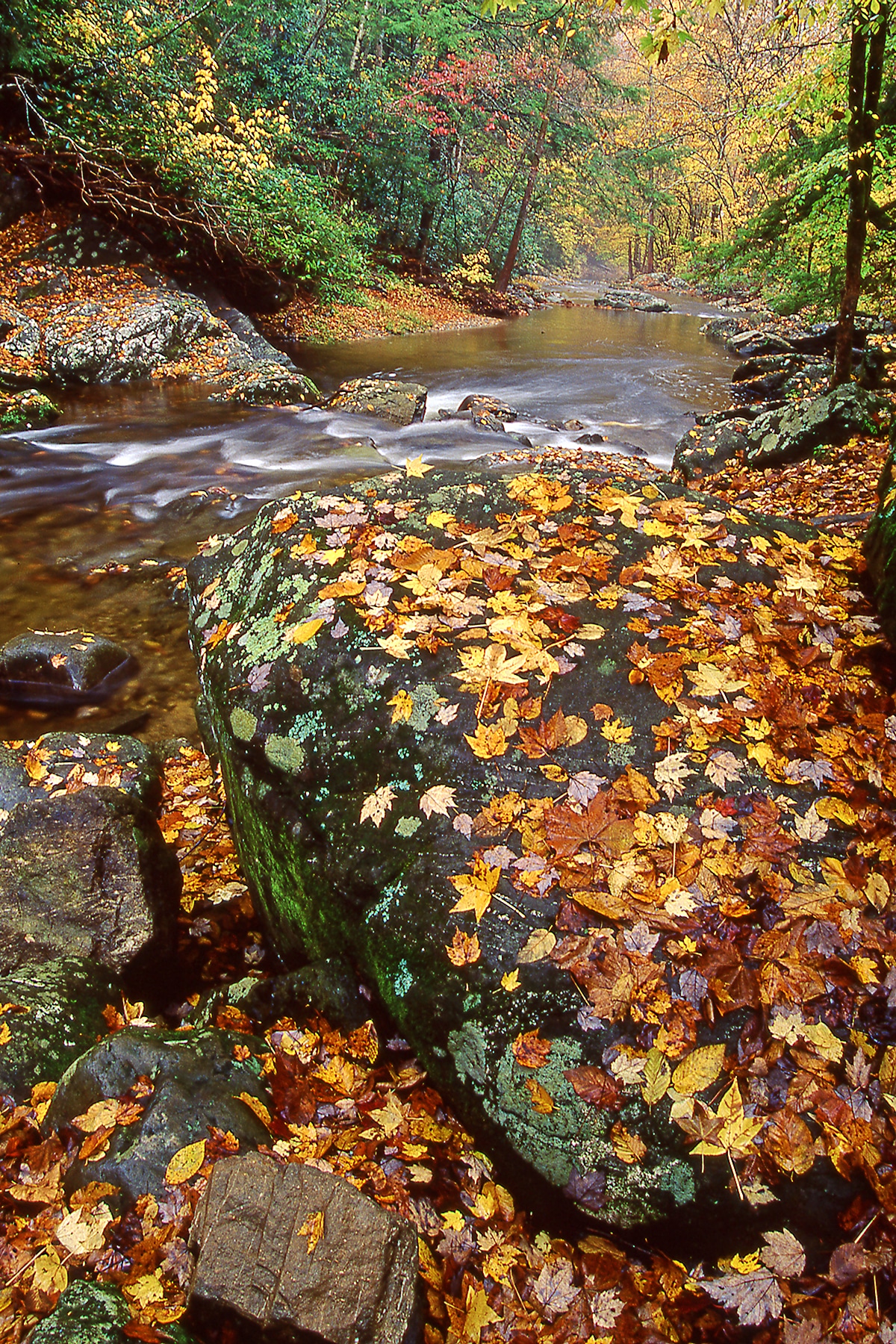Some Starting Places: Enjoying Appalachian Literature
- Introductions to Appalachian Studies
- Carson, Jo. Liars, Thieves and Other Sinners on the Bench. Theatre, 2009.
- Fisher, Diane Gilliam. Kettle Bottom. Perugia, 2004.
- Hickam, Homer. The Rocket Boys. Delta Publishing, 2000.
- Hooks, Bell. Appalachian Elegy: Poetry and Place. University Press of Kentucky, 2012.
- House, Silas. Clay’s Quilt. Algonquin, 2001.
- House, Silas. A Parchment of Leaves. Algonquin, 2002.
- Lyon, George Ella. Many-Storied House: Poems. University Press of Kentucky, 2013.
- McCrumb, Sharyn. The Rosewood Casket. Dutton, 1996.
- McCrumb, Sharyn. She Walks These Hills. Dutton, 1994.
- McCrumb, Sharyn. The Songcatcher. Dutton, 2001.
- Pancake, Ann. Strange as This Weather Has Been. Shoemaker and Hoard, 2007.
- *Rylant, Cynthia. Appalachia: The Voices of Sleeping Birds. Harcourt Children’s Books, 1991.
- *Rylant, Cynthia. The Relatives Came. Richard Jackson Books, 2001.
- Smith, Lee. Black Mountain Breakdown. Putnam Publishing Group, 1980.
- Smith, Lee. Fair and Tender Ladies. Berkley Trade, 2011.
- Smith, Lee. Oral History. G.P. Putman’s Sons, 1983.
- Stuart, Jesse. Strength from the Hills. Ashland: The Jesse Stuart Foundation, 1988.
- *Tyre, Lisa Lewis. Hope in the Holler. Puffin Books, 2019.
- Walker, Frank X. Affrilachia. Old Cove Press, 2000.
- House, Silas. The Coal Tattoo. Blair, 2020.
- *Children’s literature for all ages
What Lon Is Reading
- Billings, Dwight B. and Ann E. Kingsolver. Appalachian in Regional Context: Place Matters. University Press of Kentucky, 2018.
- Glasby, Hillery, et al eds. Storytelling in Queer Appalachia. West Virginia University Press, 2020
- Schrift, Melissa. Becoming Melungeon: Making of Ethnic Identity. University of Nebraska, 2013.
- Smith, Lee. Dimestore. Algonquin Books, 2017.
- Smith, Lee. Fair and Tender Ladies. Berkley, 2011.
- Weiner, Deborah R. Coalfield Jews: an Appalachian History. University of Illinois Press, 2006.
Book Reviews and Reading Notes
Krystal B. Carter
Book Reviews of: Kathryn Newfont’s Blue Ridge Commons: Environmental Activism and Forest History in Western North Carolina and Jessica Wilkerson’s, To Live Here, You Have to Fight: How Women Led Appalachian Movements for Social Justice.
Kathryn Newfont’s Blue Ridge Commons: Environmental Activism and Forest History in Western North Carolina (2012) and Jessica Wilkerson’s, To Live Here, You Have to Fight: How Women Led Appalachian Movements for Social Justice (2019) both focus on Appalachian activism. Newfont and Wilkerson’s works focus on the strong waves of activism coming out of Appalachia in the 1970s. In both works, the activism described is concerning exploitive and extractive industries in Appalachia. Newfont’s book focuses on activism relating to the timber industry and western North Carolina forestlands degradation. Wilkerson focuses on the history of women organizing within their communities. A shared theme of the monographs is people from communities confronting issues they face head-on by collectively organizing. People who act often do so as concerned citizens and organize against issues within their communities.
In Blue Ridge Commons, Newfont explores the history surrounding environmental forestry practices and issues. The focus of her work covers “Commons Environmentalism,” a practice used by the groups her work focuses on. Commons Environmentalism is a practice that derived from medieval England. For her work, she discusses commons environmentalism practices in the Blue Ridge Mountains of North Carolina. Newfont wrote, “Commons environmentalism is the name I have given to the determined forest defense efforts of mostly rural, often working-class people in the southern Appalachians.”[1] Commons environmentalism Newfont’s writing describes the shared natural resources of an area and the activism to protect those local forest commons.
Newfont’s use of commons environmentalism at the of her text it became a new way of thinking about environmentalism. Through this work, she also placed a new scholarship within the historiography of environmentalism. The book provides a good overview of environmental protection practices concerning forest degradation and extraction history in North Carolina through its ten chapters. These chapters trace the evolution of commons culture and its use in the early twentieth century. She applies it to Appalachian North Carolina primarily through a chronological approach through the content of chapters that share similar themes. The historical overview sets up the conversation of commons environmentalism practices by groups in the 1970s. During the mid to late 1970s, there was a stronger push for better environmental practices across the Appalachian region. For the context to the area discussed, she provides maps of the western North Carolina counties that focus on her writing. Commons environmentalism discusses those who advocated for forest lands in the Blue Ridge of North Carolina.
[1] Kathryn Newfont, Blue Ridge Commons : Environmental Activism and Forest History in Western North Carolina. Environmental History and the American South. (University of Georgia Press, 2012) 3
Newfont argues that commons environmentalism is activism aimed at protecting local forest commons for and by rural working-class individuals. Rural and working-class individuals taking a stand for their community and environment is a common theme in Appalachian history. Newfont also argues that it emerged alongside the more well-known ideas of “wilderness environmentalism” associated with environmental activist movements of the late twentieth century. She draws upon different environmental acts and regulations to discuss what lead to the development of commons environmentalism. To argue this, she cites historical instances that fit into her notion of commons environmentalism and how movements, groups, and successful campaigns like “Cut The Clearcutting!” have proven the relevance and success of commons environmentalism.
She uses various sources that contribute to her arguments, including periodicals, interviews, laws, archives, maps, and photographs. The addition of maps helps give context t for the areas discussed. Her use of photographs as primary sources gives a visual to the topics discussed. The pictures also show sites of clearcutting and which counties were hit the hardest in comparison to one another. The final chapter in her book is one of the most valuable as it discusses the successful “Cut the Clearcutting!” campaign in North Carolina. A quote that exemplifies her arguments best is when Newfont wrote, “Western North Carolina comments users gave the pivotal Cut the Clearcutting! campaign the cultural credibility and political clout and needed to succeed”.[2] She credits the success of that campaign to those practicing what she argues through the book as Commons Environmentalism. She highlighted the “Cut the Clearcutting!” campaign and its success also has lessons to offer to all who care about the future of mountain forests.[3] Had this been presented earlier it could have been the bulk of her book and argument. Leaving it until the end caused her argument to drag on.
[2] Newfont 270.
[3] Ibid 270.
In To Live Here, You Have to Fight, Wilkerson writes about women’s participation in social justice movements in Appalachia. Her work is on the ways women act in social justice movements. They act as citizens and mothers concerned for the future of their communities. Because of the heavily gendered dynamics of the coalfields, it is often women who are at the forefront of justice movements. The women who act attribute their roles as wives, mothers, and concerned citizens to their willingness to protest. They also credit their participation as daily acts of sustaining life as a reason for their democratic participation in justice movements.[4] It is their role as caretakers that she ultimately argues defined and motivated them to act. As Wilkerson writes, the activists “draw on social roles as caregivers while articulating the goals of their grassroots campaigns.”[5]
Wilkerson’s work primarily focuses on the work of white women. While she chooses to focus on a narrow scope, there is quite a diverse group of women who act in movements for justice in Appalachia. Her book is not specific to one social justice issue. She covers women’s work for justice relating to poverty, welfare rights, community health, and labor protests. In these movements, women are working as concerned citizens for their families and communities. Throughout the text, she discusses why the gender dynamics of communities leave women to be at the forefront of these movements. Discussing multiple social justice issues allows readers to see that women’s work in these movements is not specific to one area.
Perhaps one of the most potent chapters is When she talks about women’s work in labor movements of Harlan County, Kentucky. Her chapter titled, “I’m Fighting For My Own Children That I’m Raising It: Feminism In The Mountain South.” In this chapter, Wilkerson discusses women’s contributions to the successful Brookside strike popularized by the award-winning film Harlan County USA. In this chapter, she cites women’s work on picket lines who did in place of men in their lives who could not act because of their ties to the coal company. Women involved in the Brookside Women’s Club and the Brookside strike inspired women across Appalachia to do the same. Wilkerson wrote, “Female leaders of social justice cause across Appalachia to join the picket lines and helped to publicize the events.” [6] That chapter exemplifies successful work by Appalachian citizens collectively organizing and fighting for justice in their communities.
[4] Jessica Wilkerson. To Live Here, You Have to Fight : How Women Led Appalachian Movements for Social Justice. (The Working Class in American History. University of Illinois Press, 2019). 3-5
[5] Wilkerson, 5
[6] Wilkerson 163
Wilkerson’s book includes photographs that act as excellent primary sources. One of the most notable is a photo of Minnie Lunsford Holding a sign that says, “Duke Power Co. Owns The Brookside Mine But They Don’t Own Us.” This Photograph serves as a reminder of the human element that goes into these movements for justice. She uses other sources to back up her assertions: manuscript collections, newspapers, magazines, oral histories, and recorded sources. Wilkerson’s book provides an overview of women’s contributions to movements for social justice in Appalachia. Something that makes Wilkerson’s work stand out is how she discusses women’s activism within a male-dominated culture. Acknowledging their contributions expand previous scholarship on movements from the region. By tackling multiple movements, we see the way women have historically organized as leaders for these movements. It shows that they are not part of one-off movements but that the fights are ongoing. Wilkerson’s writing has the potential to be appealing to any audience. Her book reads well and provides readers with a thematic understanding of the contributions of Appalachian women in social justice movements.
Newfont and Wilkerson’s books focus on citizens acting to protect communities and the hope that doing so will provide a better future for those who come after them. The groups that both books focus on organizing for a collective cause with shared interests. Participants are working-class Appalachians acting with the hope of sustaining land and resources they use in their daily lives. These monographs should not stand opposed to each other rather in alongside each other. The works focus on different areas from the Appalachian region and different groups acting for shared causes, highlighting who and why they are acting and their successes within these movements. It would be hard to say one is more reluctant than the other because while sharing similar themes the overall scope is different. Both provide excellent examples of the collective organization by concerned citizens. Both tell a lot about the rich history of activism within the Appalachian region, especially the way movements for justices started gaining traction in the 1970s. It is also important to note that both are representative extractive and capitalist industries within the region and how citizens grow tired of their abusive practices and actions they take to counter the industry. While there are some criticisms of the books, they are minor and arguably nitpicky. They both provide readers with context to ongoing movements for justice within Appalachia.





